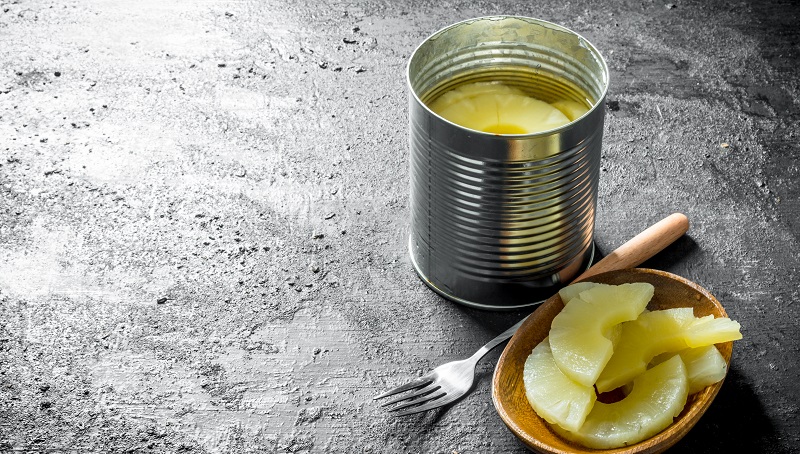5 Reasons why canned fruits and vegetables can be part of a healthy diet
Do you shy away from canned fruits and vegetables believing they are inferior to fresh or frozen? If so, you’re missing out on their role in an overall healthy way of eating. Consider the fact that both fresh and frozen produce can be more expensive. Fresh produce must be eaten within a certain time frame before it spoils which is money down the drain. And many shoppers believe canned foods are not as nutritious.
Most Americans, however, are woefully lacking in consuming adequate produce. Skimping on eating fruits and vegetables means missing essential vitamins, minerals, and fiber these foods offer. If cost or nutritional value is a concern, then canned fruits and vegetables can be your answer. Nutritionally, they are on par with their fresh or frozen counterparts and sometimes even more so. Making smart decisions impacting your health like eating more fruits and vegetables fresh, frozen, or canned may have a lasting healthy effect long-term.
If you’re undecided on whether canned produce supports good health, consider these five facts about canned fruits and vegetables:
1. They are picked at peak of freshness and then canned within hours after picking
Most canning processing plants are within a few miles or less from large fields growing produce making travel time from being picked to being canned relatively short. The canning process itself preserves many nutrients helping ensure freshness and nutrient quality. Most nutrients remain unchanged such as minerals, protein, carbohydrates, and fat-soluble vitamins of A, D, E, and K. Canning does involve high heat therefore the water-soluble vitamins, like vitamins C and B vitamins, may be harmed. But, using heat during canning also can increase the antioxidant content of lycopene, important in protecting the prostate gland, in canned tomato products.
2. They are minimally processed
Once fruits and vegetables that are grown to be canned are picked, they will first be washed and then may be peeled, chopped, and trimmed, if necessary. Some fruits and vegetables may also be blanched to help destroy any bacteria present in the produce. After preparing the produce for canning, the product will be placed into cans along with water or juice and the lid sealed. At this point is when high heat is used for a certain length of time in order to destroy bacteria and prevent spoilage. Afterward, the cans are quickly cooled.
3. Canned fruits are convenient and affordable
Easily stored and with a shelf-life of several years, canned fruits and vegetables is one of the more economical buys you’ll find. They also help you get dinner on the table quickly, offer a way to close nutrient gaps, and taste delicious.
4. They are stored in one of the safest forms of food packaging
The packaging of canned goods is practiced under tightly controlled conditions of careful sanitation, tamper-resistant, and using an airtight seal preventing any chance of bacteria or contamination.
5. They can be eaten on a low sodium diet
Vegetables that are canned contribute less than one percent of sodium to your diet – sodium is not added to canned fruit. Plus, purchasing no-salt-added or low- and reduced-sodium options are available at all stores. For further sodium reduction, after opening canned vegetables, dump contents into a colander and rinse for up to one minute under cold running water which will reduce the sodium content by about 40%.

